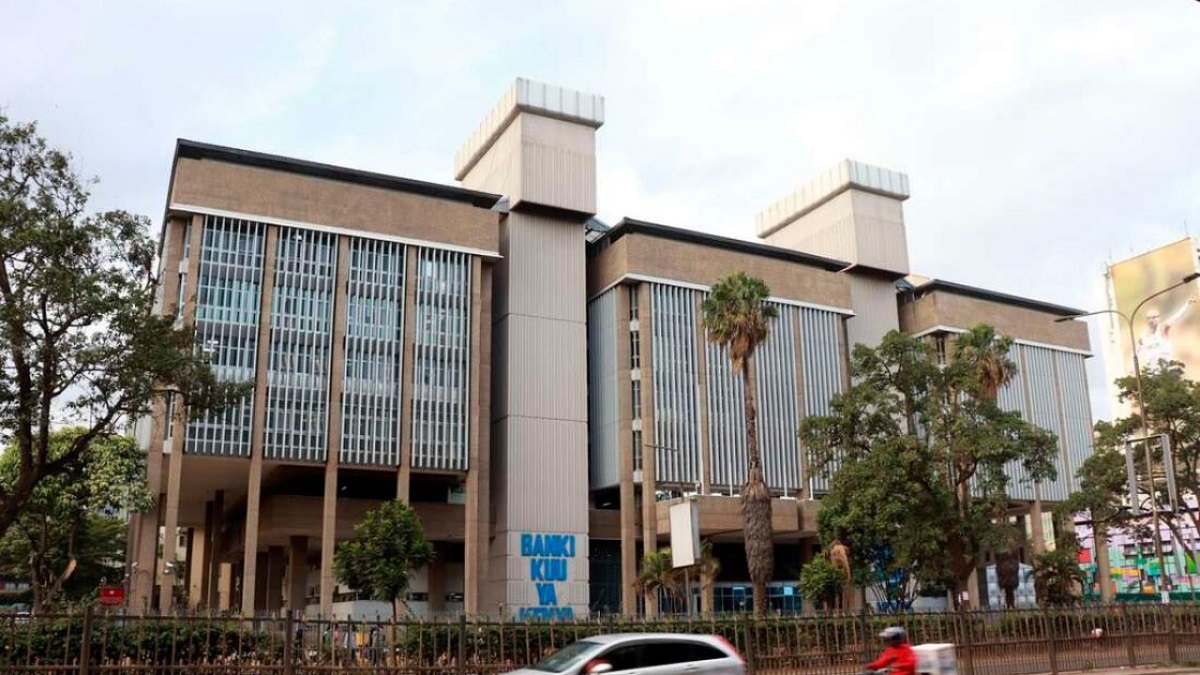Constant uncertainties in the financial industry have left many Kenyans in a dilemma in figuring out where to save and invest their money. Most have had their fingers burnt in collapsed banks and Saccos.
Others have been lured to into get-rich-quick schemes and ended up losing big. As a result, some are putting away their money under mattresses exposing themselves to the erosive effects of inflation.
Kenyans are all scouting for safe avenues to keep their money and get good returns. But there is a knowledge gap when it comes to savings. Mr Reginald Kadzutu, the Chief Investment Officer at Amana Capital, weighs in on this subject in an interview with Business Today and offers tips on how best to save and invest while striking a balance between risk and return.
BUSINESS TODAY: How do you get your savings priorities right?
Reginald Kadzutu: The first step is to take an inventory of where you are financially. This can be done by undertaking an audit of your lifestyle from a money perspective. At the end of the month, write down every income received and every expense made plus every loan or credit card usage.
Deduct your expenses from your income and see whether you are running a monthly profit or a loss. If you are running a profit/surplus what happens to it? Is it being carried forward to the next month? And if so is it earning you enough interest to cover at least inflation to keep its purchasing power.
The next step is adjusting your lifestyle to create savings, accumulate savings or preserve savings.
QUESTION: Identifying and sticking to financial goals pose a challenge for many. What would be your advice on this?
ANSWER: Many people like to climb the tree from the top, meaning starting with goals so far-fetched that it becomes easy to give up. At Amana Capital, we advise people to put the basic goals in place first, achieve them and build on from there.
[ Read Also: A guide on how much of your earnings to save and spend ]
Start with simple goals such as creating a monthly budget and sticking to it, building an emérgency fund to cover six months of monthly expenses, and getting out of debt and live within your means. This maybe hard but it will help you build bigger and longer term goals.
QUESTION: Saving versus investing, which one is better?
ANSWER: Unfortunately, these are two inseparable twins. Having one without the other doesn’t make much sense. You invest your savings; hence savings is the catalyst to investing. Investing is a process one goes into after getting the basics of savings right. Investing grows and preserves your savings. The journey to wealth begins with saving.
QUESTION: Today’s market is flooded with various financial products and many people lack the know-how to sift through the most suitable. What should one look for when choosing a savings product?
ANSWER: True there are many products that serve different purposes. Choosing one over the other depends on various factors: Does it help you achieve the goal you want? Is the timeline to maturity the same with your target goal timeline? Do you understand the risks of the product and are you comfortable with them? Do you know the tract record of the people/companies behind the product?
[ See Also: Smart people also make mistakes – Kirubi’s TV bet that went wrong ]
You now look at the finer details, such as what fees do they charge?, Are there tax implications with the investment? Who is more accessible? And who shares same philosophy with you when it comes to money?
QUESTION: How does one cultivate a savings culture?
ANSWER: Building a savings culture begins with taking these simple steps:
Start saving. How far you will go in any journey is a direct result of a personal decision and commitment you make to a cause.
Prepare a budget. Most people operate with a mental budget. Actually you need to write the budget down either on paper or on a spread sheet.
Use the traditional envelope method. Get your money for the month and put it in labelled envelopes, for fuel, fruits, entertainment, car wash, hair salon etc and if an envelope gets finished its account closes for the month.
Save before you spend. Rule of thumb is 50/30/20. 50% of your income should go to your essential expenditure that is rent, utilities etc; 30% on entertainment, outings, givings, debt repayment etc and the remaining 20% should be your savings whether for retirement or more medium term goals.
[ Don’t Miss: Entrepreneurship lessons you can learn from Vimal Shah ]











1 Comment